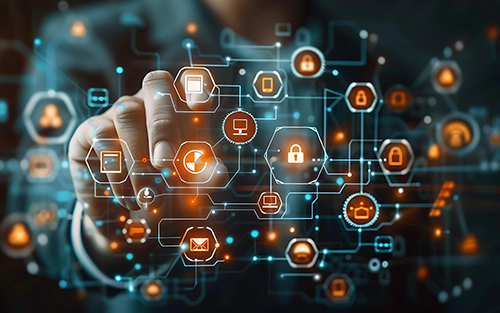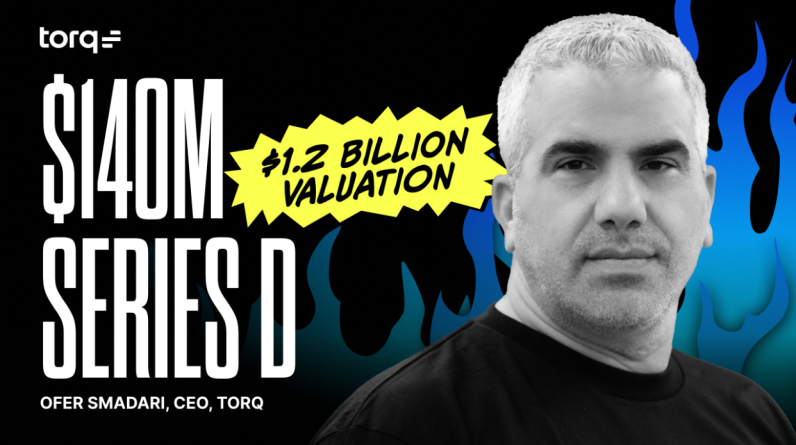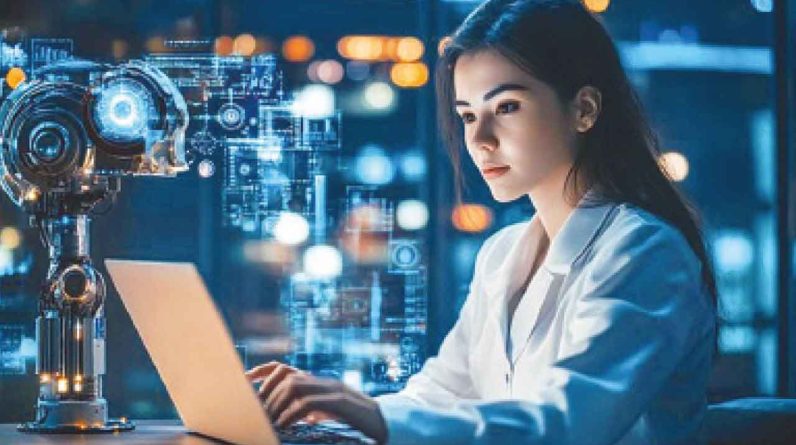
Summary
Two of the trends gaining traction and paving the way for solid solutions to address current challenges are hyperautomation and the rise of open industrial standards.
AI’s Role in Hyperautomation and Cybersecurity
Undeniably, many of the trends discussed in the AUTOMATION 2022 Industrial Automation & Control Trends Report are more than trends now; they are moving to the “adoption” phase. Two of the trends gaining traction and paving the way for solid solutions to address current challenges are hyperautomation and the rise of open industrial standards. Now I will explore these two with a focus on cybersecurity.
As a cybersecurity and AI researcher and industrial professional, I’ve observed firsthand how these trends have evolved, particularly in integrating AI to enhance industrial operations and security, playing a critical role in today’s industrial challenges.
The first trend highlighted by Bill Lydon in 2022 that I will address is the rise of hyperautomation. This concept, involving the use of advanced technologies like artificial intelligence (AI) and machine learning (ML) to automate processes, has significantly matured. Hyperautomation is now a crucial driver for industries seeking to enhance productivity and efficiency. AI-driven tools are increasingly used to streamline operations, reduce human error, optimize resource management, and support cyber threat detection and response.
Another trend gaining traction is the adoption of open industrial standards. These standards facilitate interoperability and seamless integration of different systems and devices, essential for creating a cohesive and efficient industrial environment. However, the angle I would like to delve into is within cybersecurity.
Historically, industrial and corporate applications have heavily depended on definitions and designs from large technology organizations, making it challenging to understand what security truly means and how it relates to systems. This challenge is even more pronounced in industrial applications (ICS), where security knowledge has only recently started to develop compared to corporate environments.
It’s crucial to recognize that the successful deployment of AI in industrial settings requires a deep understanding of both technology and the industrial context. Many industries have unique operational constraints and regulatory requirements that must be addressed. For example, while AI can significantly enhance security measures, its implementation must consider the specific operational technologies (OT) in use, which often differ from traditional IT systems. This is where the IEC 62443 standard, in association with AI, plays a perfect match.
Now, correlating these two parallel worlds, cybersecurity is a long journey with many priorities (although in theory, we can only have one priority; this word derives from the Latin “prioritas” meaning “what comes first”). The integration of AI has become indispensable, helping to manage these other “priorities” efficiently.
My perspective as a cybersecurity expert aligns with the need for a comprehensive approach that incorporates industrial knowledge. The IEC 62443 standard provides a robust framework for securing industrial control systems. When combined with AI’s capabilities, it offers a powerful defense against cyber threats. This synergy between AI and industrial cybersecurity not only improves threat detection and response but also enhances overall system resilience.
The IEC 62443 standard emphasizes the importance of understanding the specific needs and constraints of industrial environments, preparing the ground for educated decisions, and most importantly, tangibly defining what security is and how to measure it. AI technologies can analyze vast amounts of data to identify patterns indicative of cyber-attacks, thereby enabling proactive threat mitigation.
The priority of the company, defined by IEC 62443, is managing risks and understanding where the most critical assets are to be protected. AI assists with “other priorities,” helping asset owners make informed decisions based on data, responding to threats, and improving performance by leveraging AI.
In conclusion, the identified trends have materialized and are shaping the future of industrial automation and cybersecurity. However, further attention should be given to this topic now more than ever. Selecting industrial automation partners with the right expertise is fundamental. Historically, companies have risked using solutions from immature companies, which can do a disservice to technology. Poor results and even worse, incidents, could lead many to judge that the technology was not ready when, in fact, it was mistakenly deployed due to a lack of expertise.
This feature was originally published in AUTOMATION 2024: 9th Annual Industrial Automation & Control Trends Report.
About The Author
 Felipe Costa is senior product marketing manager for networking and cybersecurity for MOXA Americas. He is a seasoned cybersecurity director and industrial cybersecurity instructor certified by ISA and EC-Council. Costa holds more than 30 certifications and has about 20 years of experience in the industrial sector. He has presented and published articles globally, including at the NASA Artificial Intelligence Congress.
Felipe Costa is senior product marketing manager for networking and cybersecurity for MOXA Americas. He is a seasoned cybersecurity director and industrial cybersecurity instructor certified by ISA and EC-Council. Costa holds more than 30 certifications and has about 20 years of experience in the industrial sector. He has presented and published articles globally, including at the NASA Artificial Intelligence Congress.
Download AUTOMATION 2024: 9th Annual Industrial Automation & Control Trends Report
Did you enjoy this great article?
Check out our free e-newsletters to read more great articles..
Subscribe








